Sustainable & ETHICAL
SHINE GREENER, BRIGHTER AND BIGGER
MORE FOR LESS!
Diamonds of the Future
Sustainable & Responsibly Sourced
🇨🇭 Swiss Made Fine Jewelry 🇨🇭 Zurich Switzerland
- Pioneer & Expert Lab Grown Diamonds, Laboratory Diamonds
- 100% REAL diamonds (official certificates IGI, GCAL, GIA etc.)
- Up to 95% cheaper than mine diamonds
- Make your appointment 🏬 Showroom Kreis1 Zurich, Switzerland
- Advice via telephone or WhatsApp
- No. 1 for engagement rings, Engagement Rings
- 🤝 Lifelong service
Why Lab Grown Diamonds?
Beauty & Quality
- Lab Grown Diamonds are 100% real diamonds
(pure crystallized carbon) - BEST diamond quality
- Our diamonds are chemically, physically & optically identical to mine diamonds
- Top Diamond Certificates
(IGI, GCAL, GIA, etc.) - Fancy Color Diamonds
(e.g. Yellow, Blue, Pink, …) - Top Swiss Designers, Goldsmiths & Stonesetter
- Best Jewelry Quality & Security
- Individual & tailor-made
Value for money
- 1/5 of mine diamond price (80% cheaper than mine diamonds)
- Attractive PRICES
- More diamond for your money → bigger diamonds & better quality
- Colored Diamonds Become Affordable (Fancy Color Diamonds)
Sustainability / ESG
- Recycled metals (gold & platinum) -> RJC certified
- No diamonds from mining
- More sustainable & environmentally friendly
- Better CO2 footprint
- Ethical
- Social
- No blood diamonds
- Conflict-free, safe origin
- Jewelry boxes made from sustainable wood
- Packaging made from sustainable materials
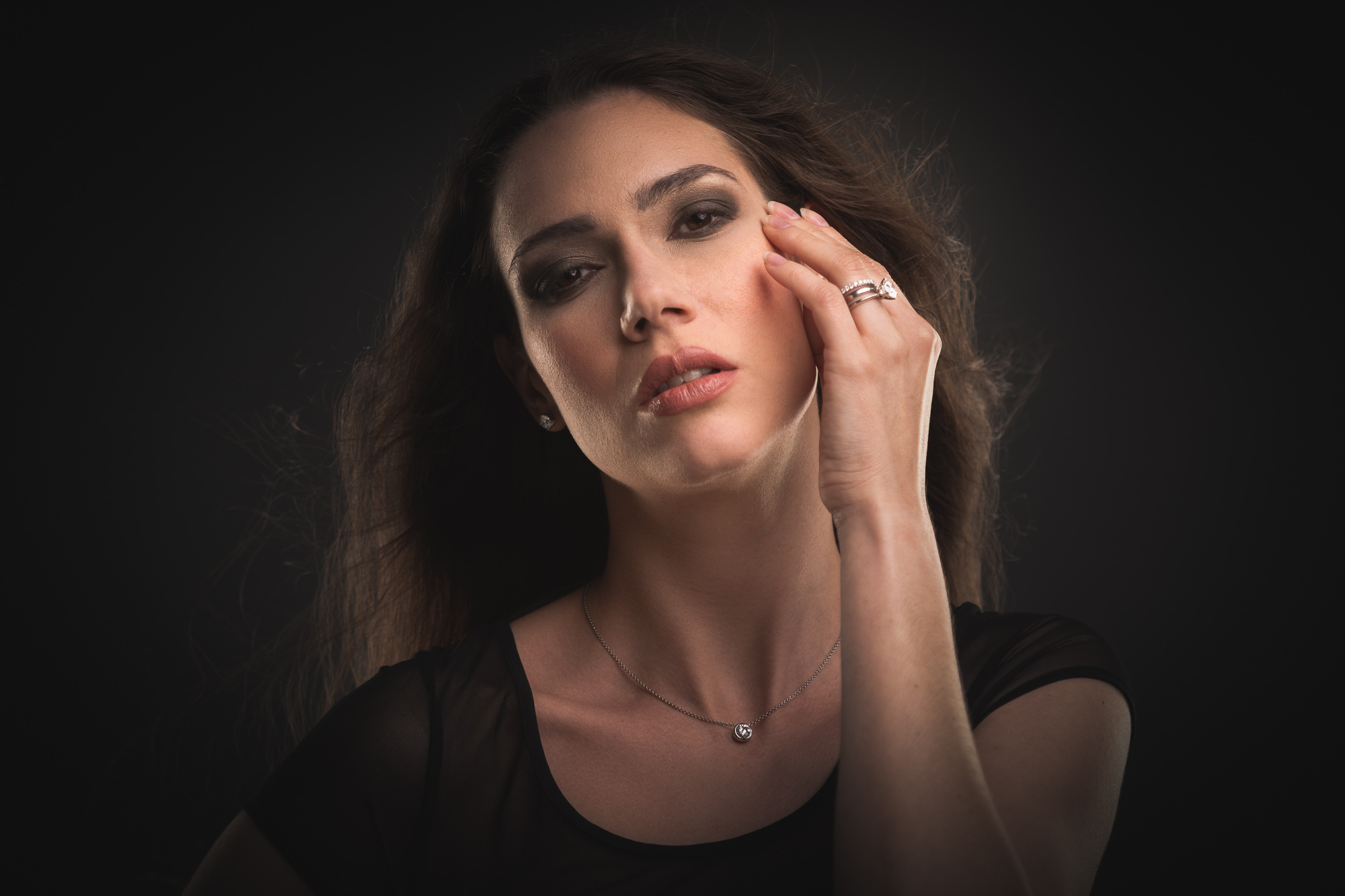
🇨🇭 Swiss Made Fine Jewelry 🇨🇭 Zurich Switzerland
Your #1 choice for engagement rings, Engagement Rings.
Shine greener, brighter, and bigger. Get the bigger and better Diamond you always dreamed of…
Pioneer & expert Lab Grown Diamonds (since 2020)
1st Lab Grown Diamonds Jewelry Brand in Switzerland, since 2020.
100% genuine diamonds – same material (crystallized carbon), same atomic lattice structure (cubic) as mine diamonds.
Sustainable, ESG, sustainable. 80% cheaper than mine diamonds. Recycling gold and platinum.
Your experts for Lab Grown Diamonds, Created Diamonds, Laboratory Diamonds, Breeding Diamonds.
Rings: Engagement Rings, Eternity Rings, Wedding Rings, Solitaire Rings, Diamond Rings, Men / Mens Rings.
Ears: Diamond Earrings, Earrings, Stud Earrings, Earstuds, Earrings, Creoles, Creoles.
Neck: Necklace, necklaces, pendant, pendant, necklace.
Arm: Tennis Bracelets, Bangles, Bangles, Bracelets, Bracelets, Bracelet Jewelry
Make your appointment with us at our showroom in Zurich Kreis1 Switzerland.
-
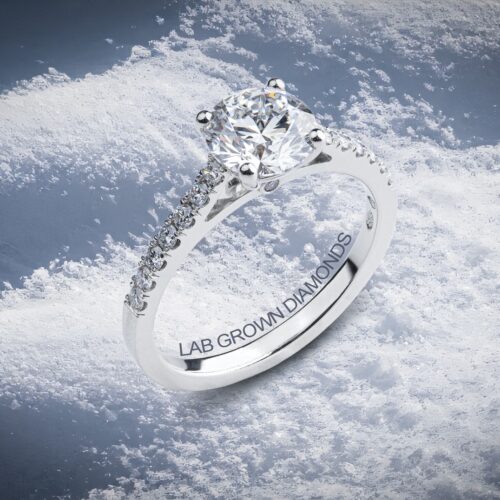 “1.00 CARAT FAIRY WINTER” Bubble 4Prong 1Point Pave Cathedral – Brilliant Round Lab Grown Diamond – Solitaire Ring | Engagement Ring | Engagement RingFrom CHF 3’500.00 incl. 8.1 % CH-VAT, incl. diamonds
“1.00 CARAT FAIRY WINTER” Bubble 4Prong 1Point Pave Cathedral – Brilliant Round Lab Grown Diamond – Solitaire Ring | Engagement Ring | Engagement RingFrom CHF 3’500.00 incl. 8.1 % CH-VAT, incl. diamonds -
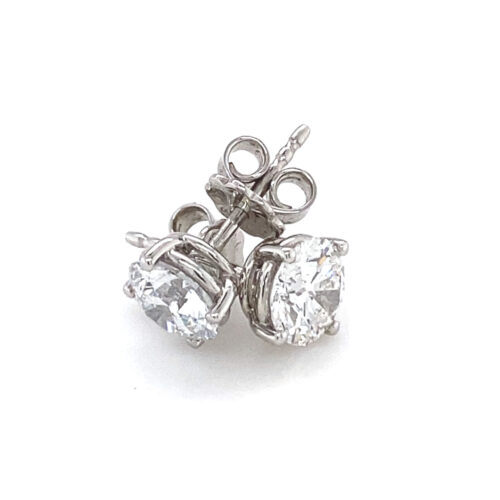 Diamond stud earrings “4Bubble 2.00ctw CARAT” each 1.00ct – round Lab Grown diamondsFrom CHF 4’000.00 incl. 8.1 % CH-VAT, incl. diamonds
Diamond stud earrings “4Bubble 2.00ctw CARAT” each 1.00ct – round Lab Grown diamondsFrom CHF 4’000.00 incl. 8.1 % CH-VAT, incl. diamonds -
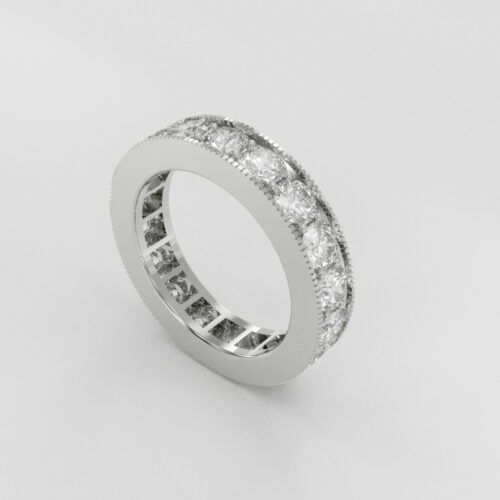 “FAIRY LAVENDER Milgrain” 3.00mm 2ctw Vintage bead bright setting (BIG) – round Lab Grown diamonds – Eternity Ring | Alliance Ring | Wedding Band | Marriage RingFrom CHF 4’500.00 incl. 8.1 % CH-VAT, incl. diamonds
“FAIRY LAVENDER Milgrain” 3.00mm 2ctw Vintage bead bright setting (BIG) – round Lab Grown diamonds – Eternity Ring | Alliance Ring | Wedding Band | Marriage RingFrom CHF 4’500.00 incl. 8.1 % CH-VAT, incl. diamonds -
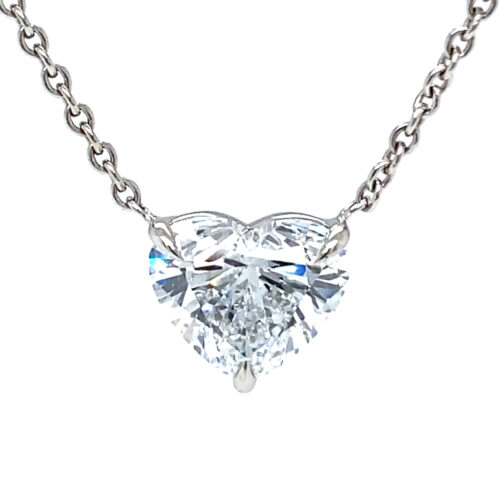 Diamond Necklace 4.07ct E VVS2 “TIGER HEART” PTPrice on request
Diamond Necklace 4.07ct E VVS2 “TIGER HEART” PTPrice on request

Experience & Expertise
- Directly from diamond laboratories (we are wholesalers, no middleman)
- We source our diamonds directly globally from the best laboratories in the world
- Excellent Quality
- We know which producers have the best diamonds
- We know the strengths of each laboratory
- We have the expertise to know which growing methods are best for what…
- … and for which stones/diamonds (size/colour/cut etc.) which laboratory is best
- Our Swiss designers, goldsmiths and stonesetters have decades of experience
Swissness
- Swiss company
- Swiss-quality Products (Jewelry)
- Swiss Made
- Our designer, goldsmith, stonesetter and atelier are in Switzerland!
Consulting & Service
- Advice/Consulting/Service
- Diamonds are our passion
- We are also happy to advise you personally
- We help you find the best choice
- We analyze in great detail to find the perfect diamond for you.
- Your satisfaction is our goal!
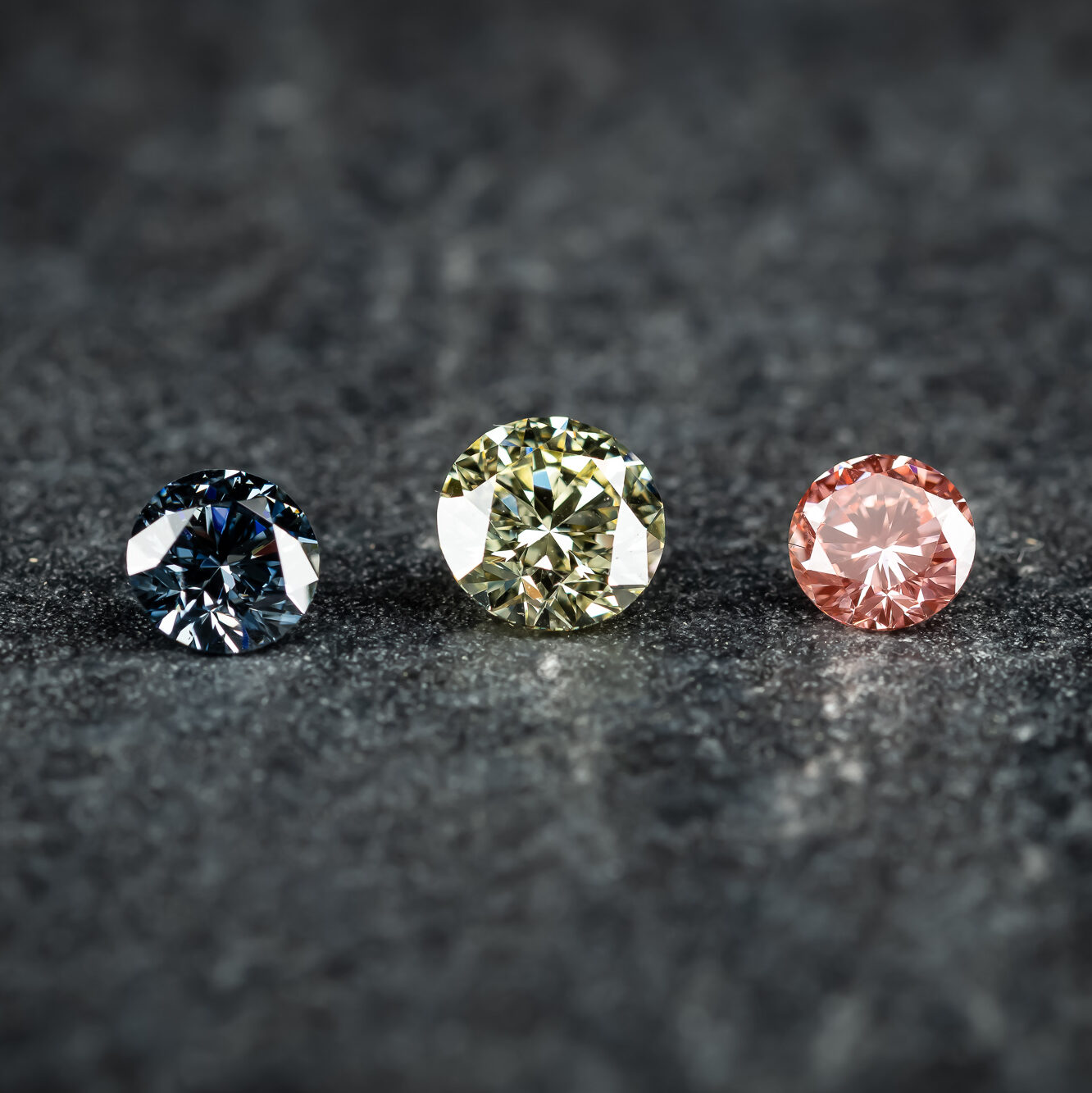
FAQ
Most frequent questions
Diamond properties
3 times Excellent/Ideal in Cut & Polish & Symmetry = “Triple Ex”.
Especially for round diamonds, the expression “3 times Excellent = Triple Ex” is a technical term for absolute top class → three times the very best category (Ideal or Excellent) for cut, polish, symmetry.
“Triple Ex” are diamonds that are classified in both Cut, Polish and Symmetry with an excellent in the diamond certificate -> 3 times excellent.
Since IGI “ideal” cut grade is even slightly better than excellent, “Triple Ex” of course also applies when a diamond has an ideal cut (although the wording is not 3x excellent).
IMPORTANT: IGI’s “Ideal” = better than GIA Excellent! (though both cuts are excellent).
IGI has an additional level for Best-of-Best of Excellent = ideal.
This sometimes causes confusion as people think it has to be 3x Ex but ideal is even better.
Triple Ex stones are classified as follows:
- ideal (better) or excellent cut
- excellent polish
- excellent symmetry
Buy diamonds
We think that the massive price difference of about 70% between mined diamonds and lab diamonds cannot be sustained in the longer term. Since both are identical products (chemically, physically and optically), theoretically the price difference cannot be justified anyway.
Due to the ecological footprint, it would also be conceivable that in the future lab diamonds might even become expensive.
We see the risk of mining diamond prices falling/correcting as very high.
Due to a strong increase in demand for lab diamonds, prices here could rise because the global supply is currently still small due to capacities and cannot be increased massively so easily.
Lab diamonds are up to 70 percent cheaper than mine diamonds. For colored diamonds – Fancy Color Diamonds yellow, blue, pink and others – the price differences are even greater. Another advantage is that lab diamonds are more sustainable, environmentally friendly, social as well as ethical from their conflict-free origin. They are guaranteed not to be blood diamonds.
Main reasons in favor of Lab Grown Diamonds
- genuine diamonds (official certificates IGI, GCAL, GIA, etc.)
- Our lab diamonds are chemically, physically & optical identical to mined diamonds.
- up to 70% cheaper than mine diamonds
- affordable colored diamonds (Fancy Color Diamonds)
- Sustainable & Environmental & Social/Ethical (ESG; Sustainability)
→ the question is not why buy a lab diamond, the question is why NOT to buy a lab diamond and a mine diamond?!
…diamond = diamond. This was defined by the FTC (USA Federal Trade Commission) in July 2018.
All diamonds consist of pure cubic crystallized carbon.
Chemically, physically, optically, lab diamonds are the same as mining diamonds.
Both are 100% pure crystallized carbon.
Difference: origin laboratory versus mountain mining. Lab diamonds are 100% genuine, cheaper, more sustainable and more ethical. We see no reason not to buy a lab diamond.
Origin of the diamonds (laboratory or mine)
No. Even experts with common instruments and diamond detectors, UV light, magnifying glass etc. are not able to tell the difference.
Lab-grown diamonds are identical in appearance to mine diamonds (visually identical)!
✓ traditional gemmological observations and old style “diamond detectors” are NOT able to distinguish them
In order to detect possibly very subtle differences in growth morphology, gemological institutes had to develop extremely expensive and complex equipment specifically for this purpose.
Certification laboratories try with special very expensive and complex machines and specifically trained experts (specially trained gemologists) to assign the difference by means of growth morphology (which is irrelevant in the cut diamond) and here more common fluorescence patterns under the UV light.
But even that is extremely difficult!
Moreover, even if growth patterns should be detected, it does not change the fact that “diamond = diamond”, it is a real diamond with the same material (crystallized carbon, pure carbon), the same chemical composition (chemically, physically and optically identical) and the same crystal structure as a mine diamond.
How do the certification companies manage to identify Lab-Diamonds as such?
As you can see, it is extremely difficult to make this distinction even for extremely well and very specifically trained experts who have specially developed equipment.
They try to categorize the morphology of diamonds using a diagram that lists the growth process, typical growth morphology and visual examples of mine, HPHT and CVD rough diamonds.
This diagram shows the different rough diamonds based on their growth form, or growth morphology. Although this shape is lost after a diamond has been cut and polished, identification is still possible by looking for fluorescence patterns (under the UV light) resulting from, among other things, the particular growth morphology – a difficult task!
As a rule, the cut diamonds are sent to the certification companies already declared as “lab grown”.
A “Lab Diamond” is a man-made diamond that has been grown in a laboratory environment by one of the two currently available manufacturing processes: HPHT (High Pressure High Temperature) and CVD (Chemical Vapor Deposition). All real diamonds consist of pure crystallized carbon (pure carbon); this applies to both mine diamonds and lab diamonds. The growing process mimics/imitates natural growth in the deep interior of the Earth (HPHT) or in interstellar gas clouds (CVD). Although the growth process is different from what occurs in nature, the chemical composition, physical properties, and optical characteristics of lab-grown diamonds are identical to those of diamonds mined/extracted from mines. Lab-grown diamonds come in all sizes (currently up to over 10 carats), all shapes and all colors, and the light output is identical to that of mined diamonds.
Also called: Lab diamonds, lab grown diamonds, laboratory-created diamond, lab diamond, man-made diamond, green diamond, green diamonds.
For more on the difference between lab and mining/mining diamonds, click here.
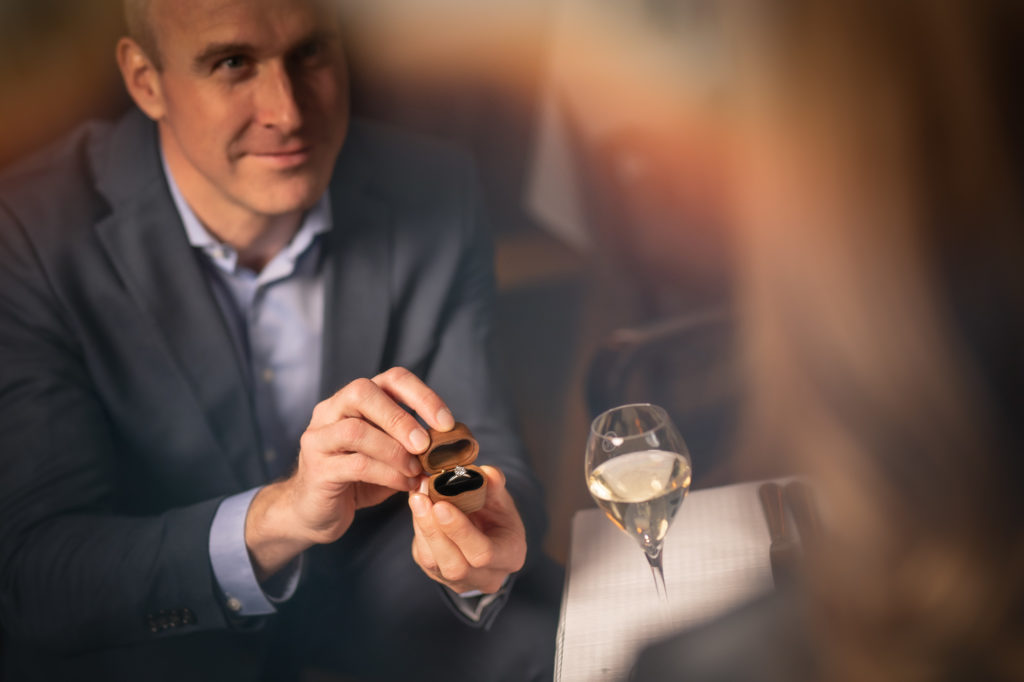
Inspirations
Lab Grown Diamonds, lab diamonds with IGI, GIA certificate. Sustainable, ESG, sustainable. 80% cheaper than mining diamonds. Jewelry. Recycling Gold Platinum. Showroom Zurich Switzerland.
Engagement Rings | Solitaire Rings | Diamond Rings
Rings | Metal Band | Wedding Band | Wedding Rings
Eternity Ring | Promise Ring | Celebration Ring | Memory Ring | Alliance Ring
Earrings | Ear studs | Ear studs | Ear pendants | Creoles | Creoles
Necklace | Pendant | Pendant | Necklace
Bracelets | Tennis Bracelets | Bangles | Bracelets | Bracelets | Bracelet Jewelry
MEN | men’s jewelry: rings, wedding rings, bracelets, earrings, necklaces
Rings | Earrings | Necklaces | Bracelets for kids & teens

Engagement Rings | Engagement Rings
Our exceptional Lab GrownDiamond, lab diamonds are carefully selected for your engagement ring, engagement ring or solitaire ring to make your special moment of engagement proposal / wedding proposal unforgettable with love, hope and passion.
🇨🇭 Swiss Made Fine Jewelry 🇨🇭 Zurich Switzerland
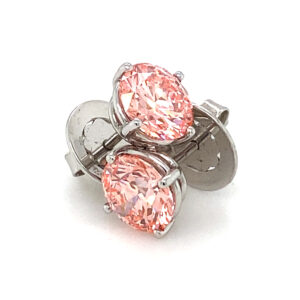
New Arrivals | News
Sustainable genuine current Lab Grown Diamonds diamond jewelry creations whose quality features include design and style as well as materials and workmanship.
🇨🇭 Swiss Made Fine Jewelry 🇨🇭 Zurich Switzerland
Top certificates
Lab Grown Diamonds are real diamonds that have been grown in a laboratory. They are made of the same material (crystallized carbon). Accordingly, for each diamond we offer you the official certificate issued by top gemological institutions such as IGI, GCAL and GIA.


